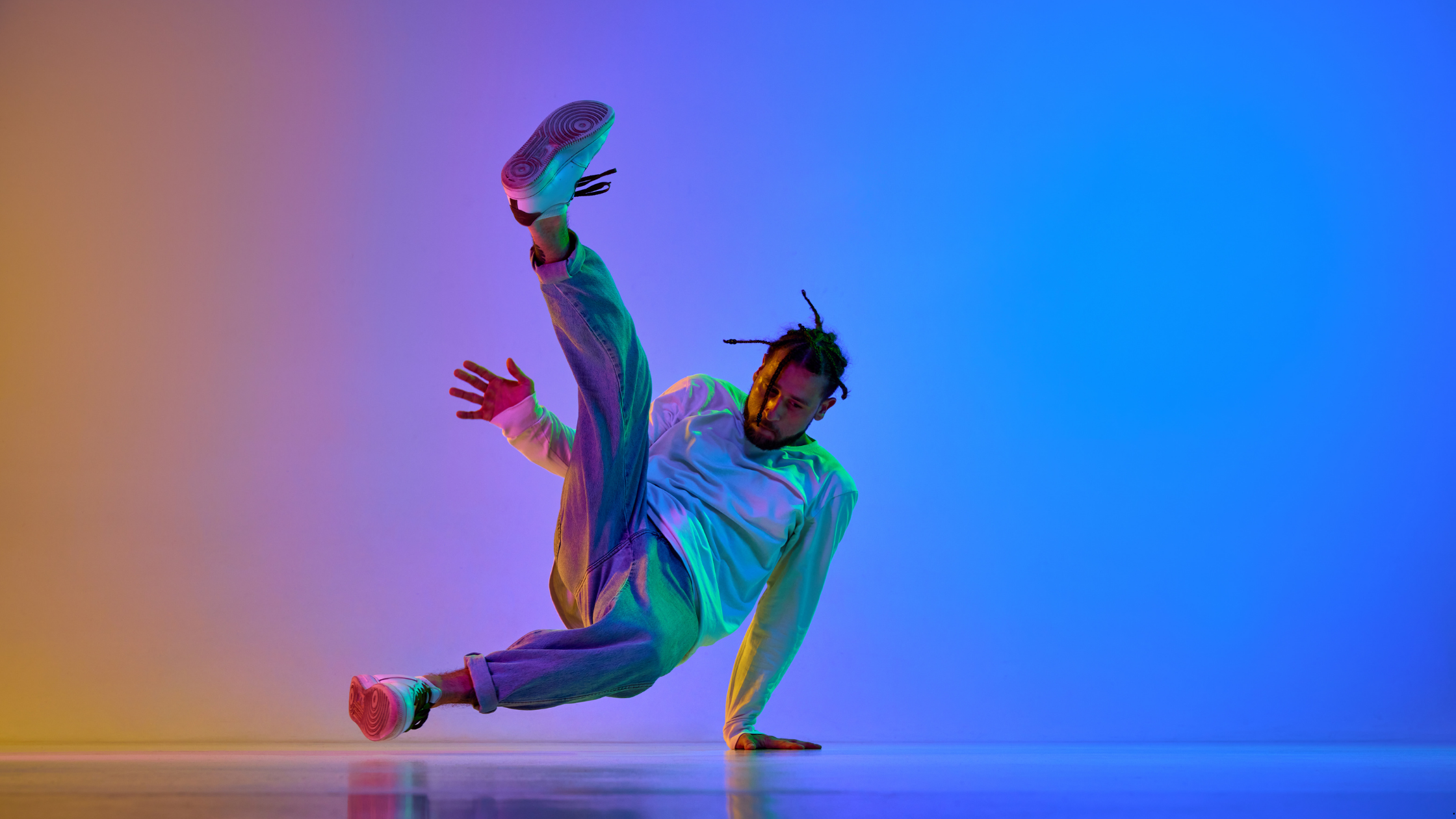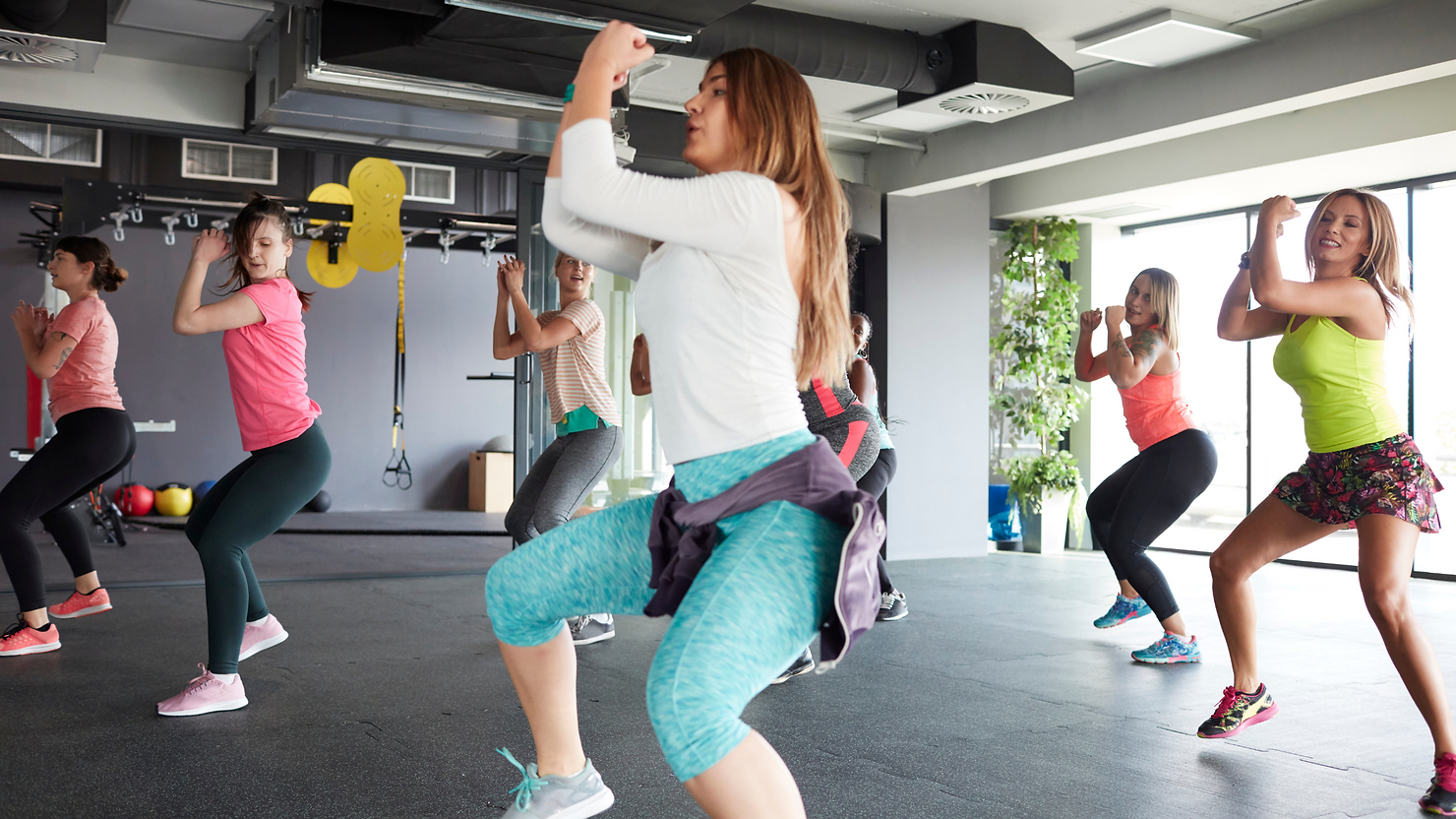Hip-hop dance is a dynamic and expressive movement that has captivated audiences worldwide. It originated in the 1970s in the Bronx, New York, and has since evolved into a diverse and vibrant culture. From breakdancing to popping and locking, hip-hop dance styles showcase a fusion of athleticism, creativity, and storytelling. Whether you are a seasoned dancer or a beginner looking to learn new moves, this blog will introduce you to seven popular hip-hop dance styles that will make you want to bust a move. Get ready to groove to the beat and let your inner dancer shine!
The Evolution of Hip-Hop Dance
Over the years, hip-hop dance has undergone a remarkable transformation, adapting to the ever-changing social landscape while staying true to its roots. From its humble beginnings as a street dance style in New York City, it has become a global phenomenon that has influenced popular culture in countless ways.
In the early years, hip-hop dance was closely associated with breakdancing. Artists like Kool Herc, Grandmaster Flash, and Afrika Bambaataa played a pivotal role in shaping the music and laying the foundation for the following dance styles. Breakdancing, with its acrobatic moves and intricate footwork, quickly became a hallmark of hip-hop culture.
As hip-hop’s popularity grew, new dance styles emerged, each with unique flair and personality. Popping and locking, characterized by sharp movements and robotic illusions, took the dance world by storm. Krumping, a high-energy and intense street dance, also gained traction, showcasing raw emotions and fervent expression.
Hip-hop dance has expanded in recent years, incorporating elements from other genres such as jazz, contemporary, and ballet. This fusion has given rise to new styles like lyrical hip-hop, which combines contemporary dance’s soulfulness with hip-hop’s rhythm and groove.
Today, hip-hop dance is not just confined to the streets or dance studios – it has made its way into popular television shows, music videos, and even competitive dance arenas. It continues to break barriers and push boundaries, captivating audiences with its infectious energy and creativity.
We will delve deeper into the seven hip-hop dance styles that have left an indelible mark on the dance world. Each style brings its unique flavour from the gravity-defying b-boying moves to the silky-smooth locking grooves. So, immerse yourself in hip-hop dance and discover the styles that make you want to bust a move!
1. Breaking Dance Style
Breaking is one of the most iconic and widely recognized hip-hop dance styles, also known as b-boying or b-girling. Originating in the streets of New York City during the 1970s, breaking gained popularity as a form of self-expression for young people in marginalized communities.
Breaking is characterized by its dynamic, acrobatic moves and intricate footwork. It incorporates athleticism and strength as dancers perform gravity-defying spins, flips, and freezes. The foundation of breaking consists of top rock, footwork, power moves, and freezes, showcasing the dancer’s creativity, agility, and musicality.
Its rich culture and competitive nature set it apart from other hip-hop dance styles. Breakers participate in battles, showcasing their skills, originality, and improvisation. These competitions push dancers to new levels of creativity and foster a sense of community and camaraderie within the breaking scene.
Breaking has not only influenced other hip-hop dance styles but has also significantly impacted popular culture. From music videos to movies, the mesmerizing moves of breakers have captivated audiences worldwide. Today, breaking continues to evolve, with dancers constantly pushing the boundaries of what is possible.
2. Funk Styles Dance
Funk styles originated in the 1970s and emerged as a fusion of various dance forms, including popping, locking, and boogaloo.
Funk styles are characterized by syncopated, groovy movements heavily influenced by the funk music of the era. One of the fundamentals of funk styles is popping, which involves contracting and relaxing specific muscles to create a jerking effect in the dancer’s body. Locking, on the other hand, emphasizes crisp, exaggerated movements and the use of distinct poses.
What sets funk styles apart is their emphasis on musicality and individuality. Dancers often freestyle to the music, incorporating their unique style and interpretation. Whether it’s a robotic popping movement or a smooth locking sequence, funk styles allow dancers to explore their creativity and express themselves through movement.
3. Popping and Locking
Now that you’ve tasted funk styles, we will dive deeper into the mesmerizing world of popping and locking, two signature moves of locking dance style.
Popping, which originated in the 1970s, involves contracting and relaxing specific muscles, creating a jerking effect perfectly synchronized with the rhythm of the music. It’s all about isolating individual body parts, such as the arms, legs, or chest, and then releasing the tension in a sharp and precise manner. Popping is often accompanied by other movements such as waving, strobing, and robotics, further adding to its dynamic nature.
On the other hand, locking is known for its distinctive poses and exaggerated movements. The dancer engages in large, exaggerated, catchy motions, often involving freezes and sudden stops. Locking is performed with high energy and a playful charisma, captivating audiences with its infectious groove.
Popping and locking requires a keen sense of rhythm and meticulous control over the body. These styles are all about precision and expression, allowing dancers to showcase their unique personalities and dance effortlessly to any beat.
4. House Dance Style
Now that we’ve explored the captivating world of popping and locking, it’s time to move on to another vibrant hip-hop style: house dance. Originating in the 1980s in the underground club scene, house dance is about freedom of movement and raw self-expression.
Influenced by various dance styles, including Latin, African, and jazz, house dance is characterized by its energetic footwork, fluid body movements, and intricate patterns. Dancers often use their entire body to create a seamless combination of steps, spins, and slides while maintaining a deep connection with the music.
Soulful and upbeat music, commonly called house music, provides the foundation for this dance style. House dancers synchronize their movements with the pulsating beats, creating an infectious, harmonious fusion of rhythm and motion.
What sets house dance apart is its emphasis on improvisation and individuality. Each dancer adds a unique flavour and personal style to the dance, creating a vibrant and ever-evolving art form.
5. Krumping Dance Style
It’s time to turn our attention to another mind-blowing hip-hop dance style – krumping. Originating in the early 2000s in the streets of South Central Los Angeles, krumping is not just a dance but a form of self-expression that channels raw emotion and storytelling.
Krumping is often seen as an aggressive dance style with high energy and explosive movements. Dancers unleash their emotions through rapid arm swings, chest pops, stomps, and intricate footwork, creating a powerful and electrifying atmosphere.
Krumping battles, where dancers face off against each other, are a hallmark of the style. These battles serve as a platform for dancers to engage in friendly competition, showcasing their skills, passion, and unique storytelling ability.
While krumping is rooted in intensity, it also embodies elements of unity and community. The supportive and inclusive nature of the krumping community fosters growth and collaboration, making it a transformative experience for both dancers and spectators.
6. Waacking Dance Style
Waacking, which originated in the underground clubs of Los Angeles in the 1970s, is a dance style that emerged from the LGBTQ+ community as a form of self-expression and empowerment.
Waacking is characterised by swift arm movements punctuated by dazzling hand gestures and precise poses. Dancers use their arms to create lines and angles, showcasing their flexibility and grace. With influences from disco, jazz, and funk, waacking has a distinctly smooth and fluid quality, making it an irresistible style to watch and learn.
One of the key elements of waacking is freestyling, where dancers express themselves spontaneously to the music. This allows for individual interpretation and adds another layer of excitement and creativity to the dance.
Whether you’re a seasoned pro or just starting your dance journey, waacking is a style that captivates and inspires.
7. Hip-Hop Freestyle Dance
As the name suggests, freestyle dance allows dancers to unleash their creativity and express themselves freely to the music.
Hip-hop freestyle incorporates a variety of dance styles, such as breaking, popping, locking, and more. It’s all about creating your unique movements, flows, and rhythms on the spot. There are no rules or choreography to follow – just pure improvisation.
Freestyling is a chance to truly let loose and let your body respond to the music instinctively. It’s an opportunity to showcase your style, personality, and skill. Whether throwing down smooth waves or busting out explosive power moves, hip-hop freestyle dance is about self-expression and having a blast.
Conclusion: Embrace the Diversity of Hip-Hop Dance Styles
Hip-hop dance is a vibrant and diverse art form encompassing many styles and techniques. From the fluid and intricate moves of waacking to the spontaneous and individualistic nature of freestyle dance, each style offers a unique flavour and energy to the hip-hop dance community.
By exploring and embracing different hip-hop dance styles, you expand your repertoire and gain a deeper appreciation for this genre’s rich history and culture. Whether you prefer the precision of popping or the raw power of breaking, there’s something for everyone to enjoy and explore.
So, the next time you’re itching to bust a move or get your groove on, consider trying a new hip-hop dance style. Allow yourself the freedom to experiment, express, and create. Let the music guide your body, and let your inner dancer shine.
Remember, hip-hop dance is about self-expression, creativity, and fun. So embrace the diversity of hip-hop dance styles, and let your passion for dance ignite!





